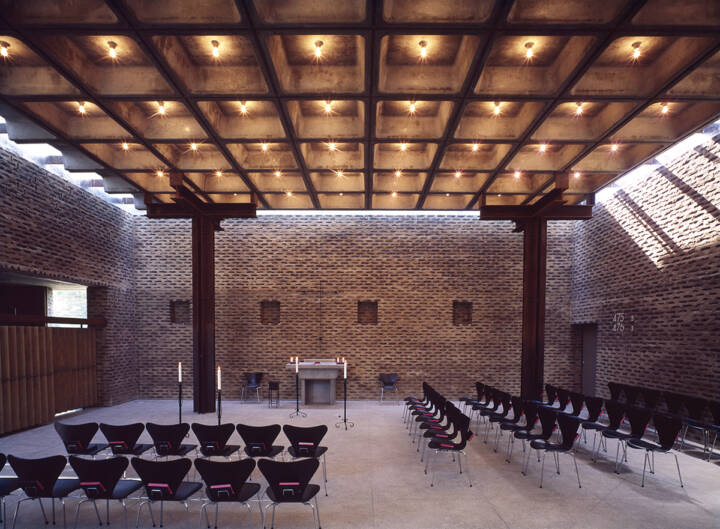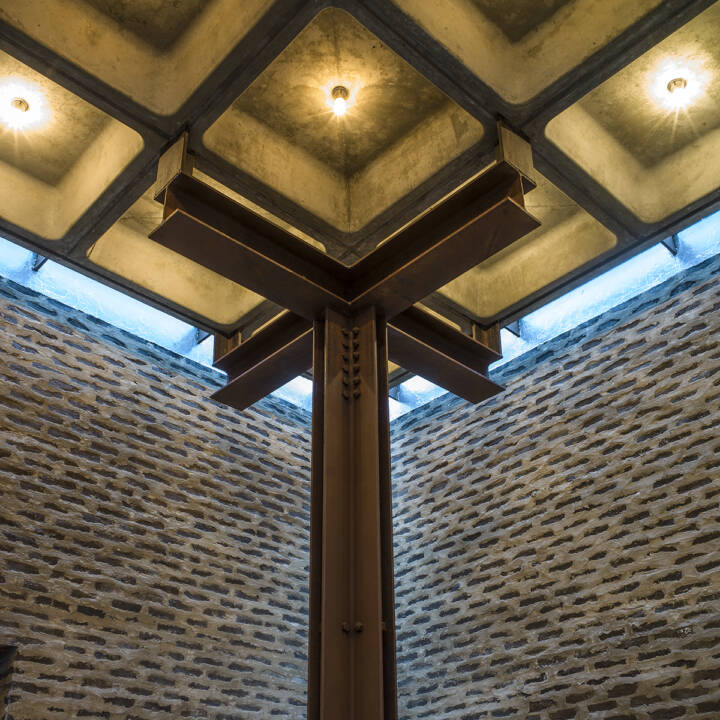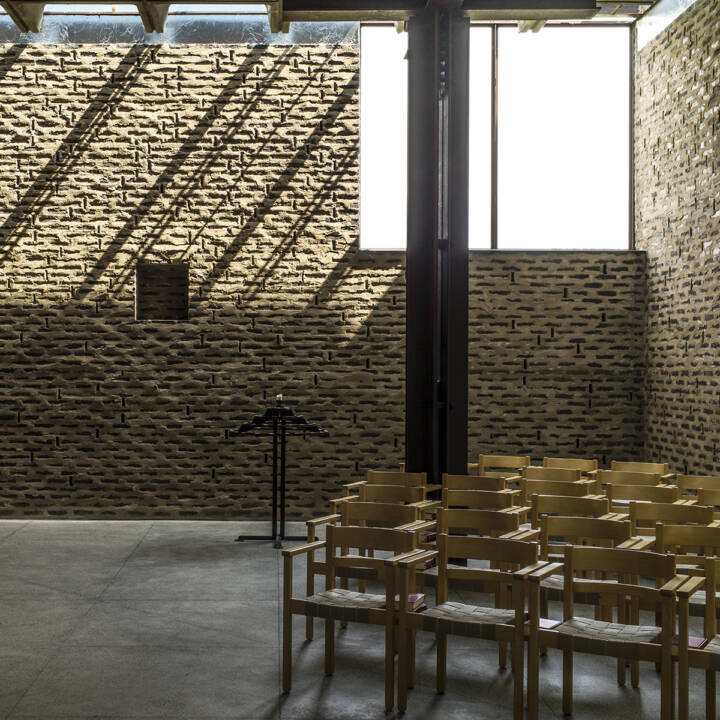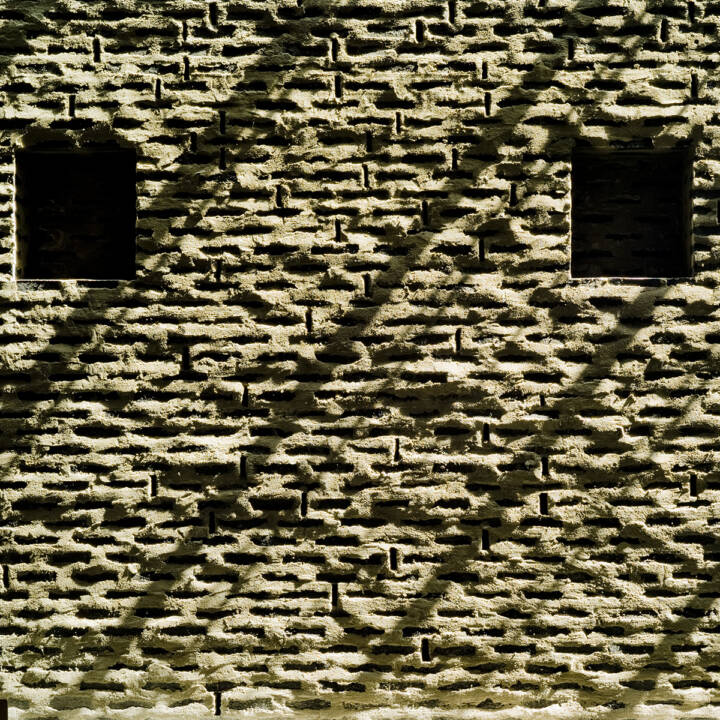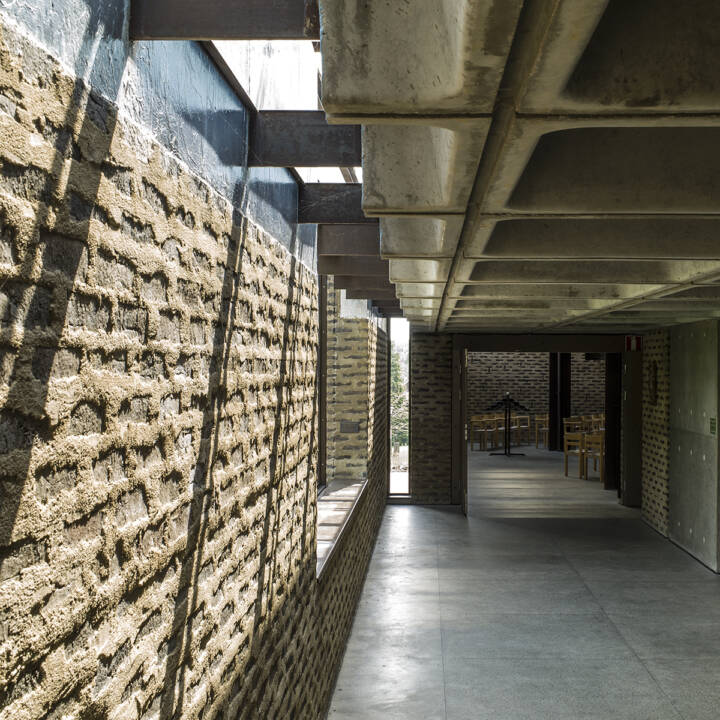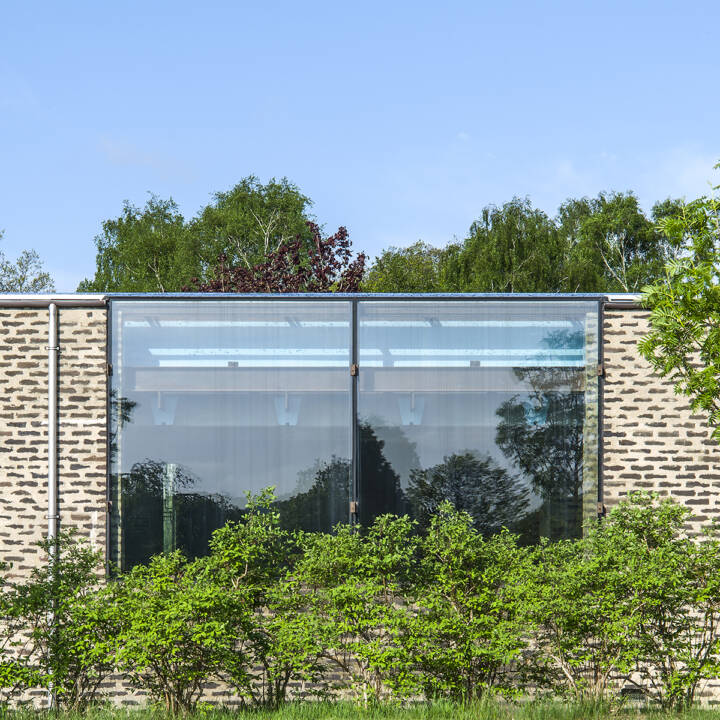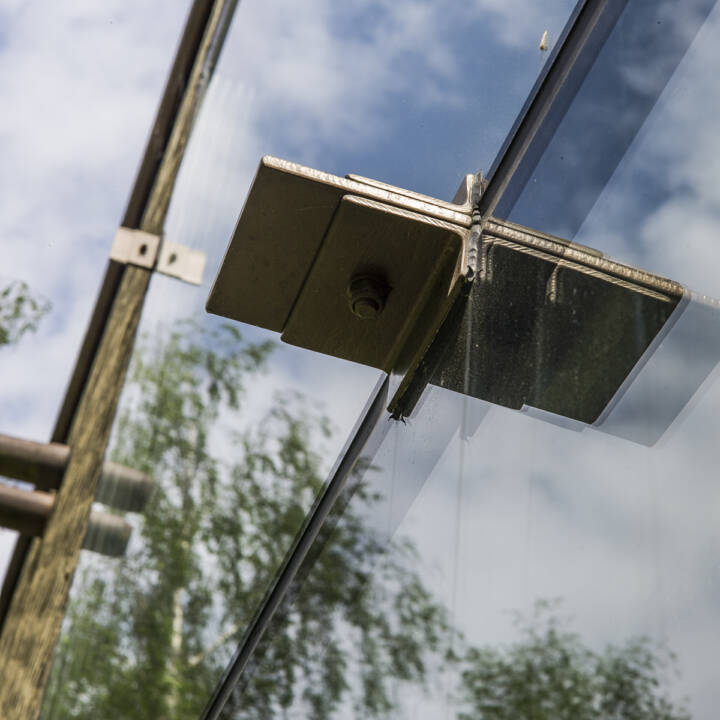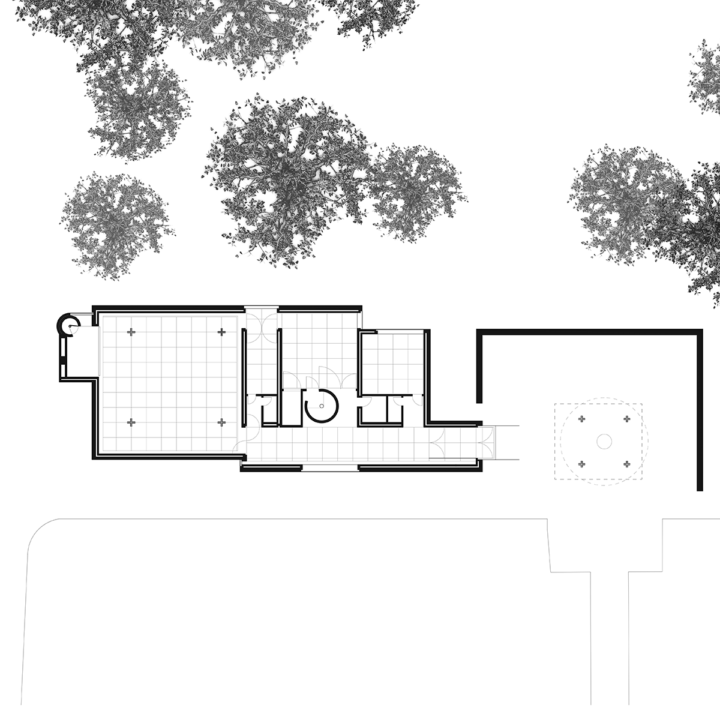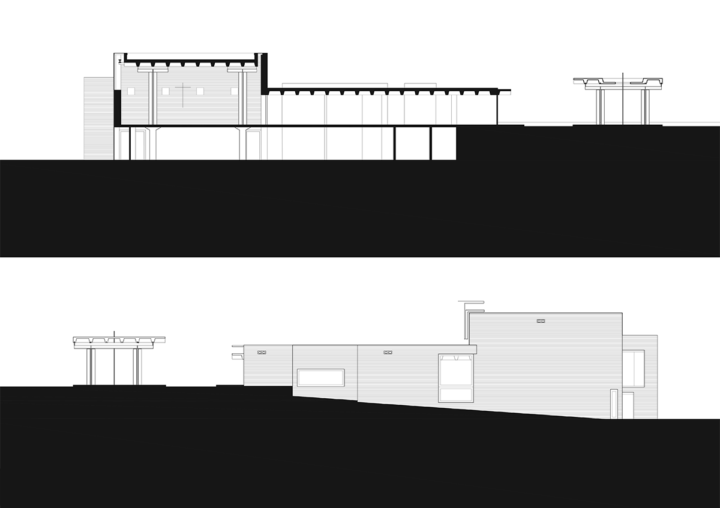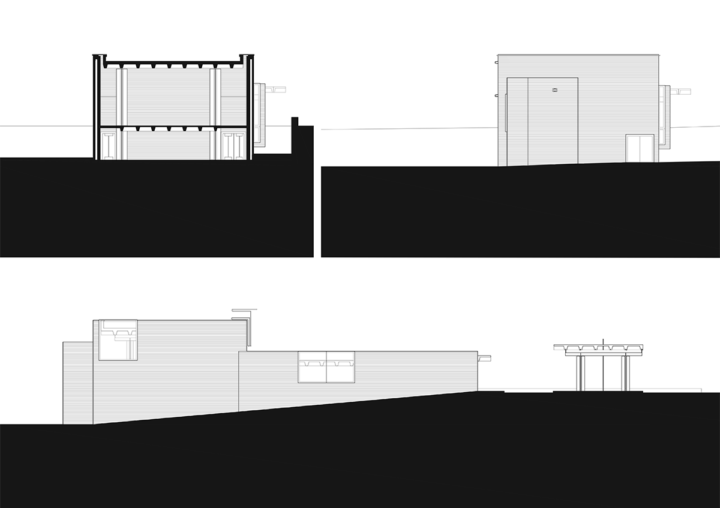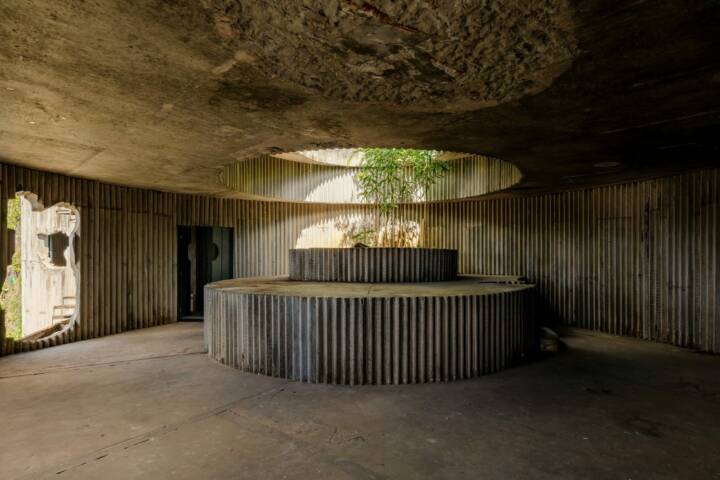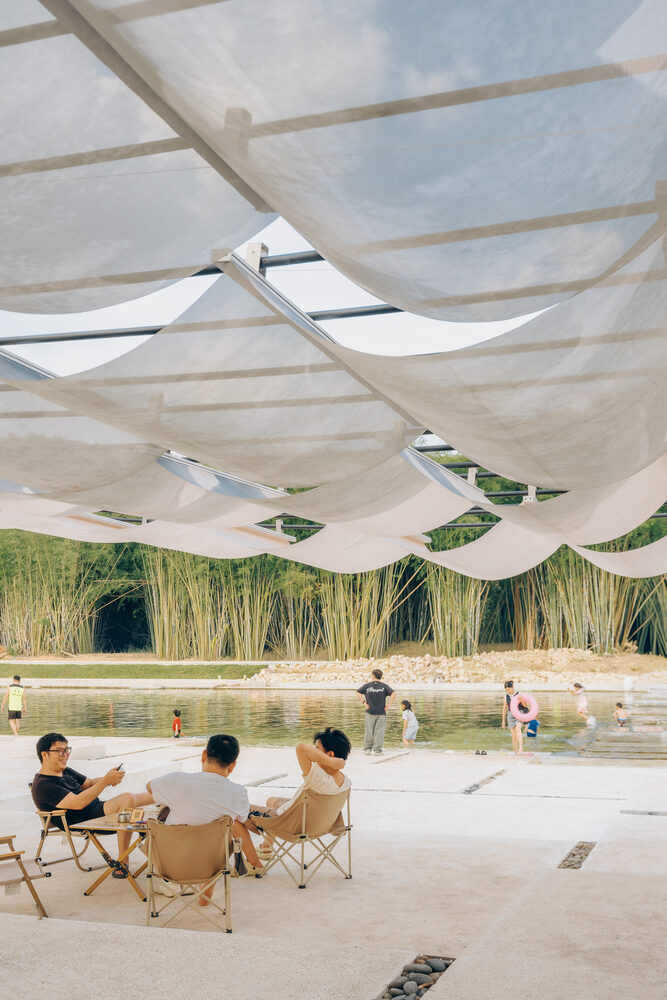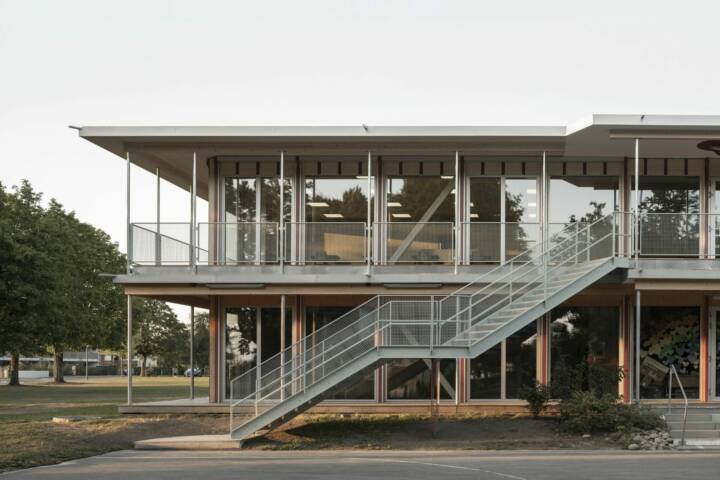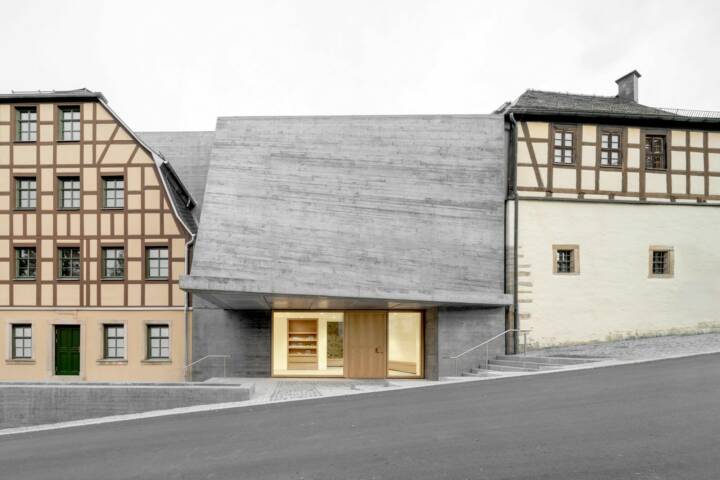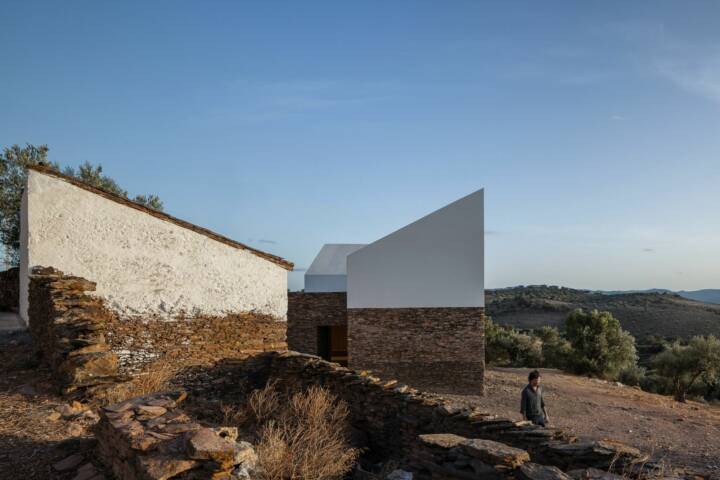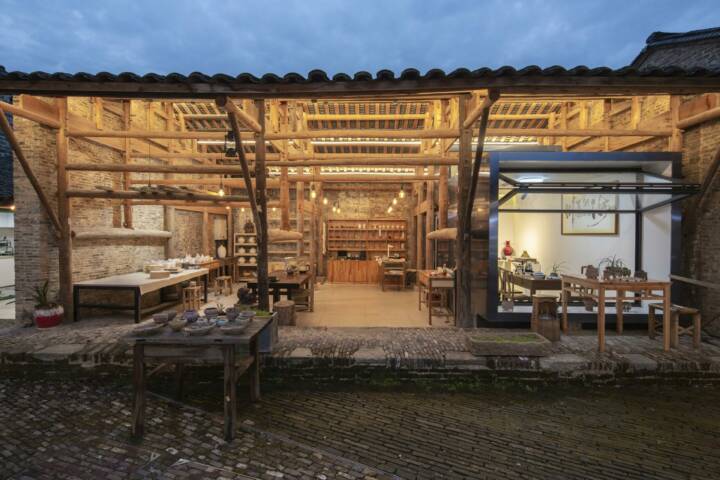Architects: Bernt Nyberg Photography: Matthew Hall Construction Period: 1972 Location: Höör, Sweden
Born 1927 in Ockelbo, Nyberg studied architecture at the KTH in Stockholm, later moving to Lund to work for Klas Anshelm. Since starting his own office with Karl Koistinen in the late fifties, a small but comprehensive body of work to include a wide range of civic and private programs was realized, all of exacting quality showing unique technical and aesthetic prowess. Unfortunately, almost all of the work has met an undesirable fate. His masterwork in Höör is one of the few remaining buildings that is still relatively intact.
Nyberg’s chapel in Höör is a precise exercise in the balance of geometry and material. Its brick shell seems a living mass as it breaths warm air from cracks and openings; moving with the light that traces its raw surfaces. It is based on a simple concept and clear geometry: two roof structures, one trapped within the mass and another free in the landscape, both inscribed within two squares. These moments are linked by an ascending exterior approach and linear interior sequence solve programmatic constraints through a series of formal and material thresholds.
Read MoreCloseThe competition was won by the section’s design which gracefully segregates the inner workings of a funeral chapel with flexible worship space above. The coffered slabs above could not contrast more with the brick shell as they meet at impossibly thin steel plates. This gap holds a dense concentration of thoughtful details; a conversion point of two radically different systems in keeping with Nyberg’s attitude towards making the most of a joint. The building is an essay in vague tectonics; an elevator core meets a stair at a thin mirrored piece of glass, a doorframe meets a wall via a sandwich of stacked plywood on its surface, and structure meets enclosed at aluminum-foil-clad concrete reflecting a blue tinted sky via the paint on the waffle slab’s edge. No matter how grey the Swedish winter gets, there are always bright blue skies in the Chapel in Höör.
The golden incandescence of the bulbs in the slab’s coffers contrast the cool blue daylight temperature light that floods through the crack between structure and enclosure. Caught between the thin steel spines and glazing’s frame that mediate this gap, the sun’s movement is traced on the smeared and projecting mortar joints of the wall via sharp lines of light. Despite the extreme contrast, this day lighting condition swells slowly in brightness and then fades. This transition can be glacial in pace—its subtleties almost imperceptible. Conversely it can vanish instantly, or intermittently flash as the clouds roll past the sun.
Every detail of the project is about making the most of the reveal. Nyberg would always state that gap between materials was an opportunity to “get something for free,” with an attitude towards expressive masonry that met in a fashion that glorified their collective part in the whole rather than emphasis on the individual unit. Then there are the pillars of weathering steel angles; bolted together in a cruciform pattern which clearly presents edges and thickness that rise triumphantly up only to blossom in four directions before they meet the slab. With precision, the same thin steel plates that hold the roof slab in precarious equilibrium with the brick shell serve to isolate the column capitals from what they support as they meet the exaggerated reveal between the slab’s coffers.
To those unfamiliar with Nyberg’s work, they may suspect that he was influenced by the Swedish master Sigurd Lewerentz. While the simplistic interpretations of his work suggests that he was following in Lewerentz’s footsteps, the reality of the situation could not be more contrary from the truth. To this day there are many myths about Lewerentz that are easily dispelled by understanding the relationship between these two masters. They had very different approaches to making buildings but shared a similar worldview and after meeting on the construction site of Lewerentz’s masterpiece, St. Peter’s Church in Klippan, they became inseparable colleagues. While Nyberg’s approach to design was dramatically different and perhaps more refined than the old master, he shared Lewerentz’s ability to create an architecture with a potential for rich poetic interpretation- and like Lewerentz, he rarely spoke outwardly about any intent or motivation for design other than to solve the problem of putting materials together in a thoughtful and purposeful manner. It is now up to us to visit, interpret and be moved by banal materials set in sublime juxtaposition.
Text provided by the architect.
